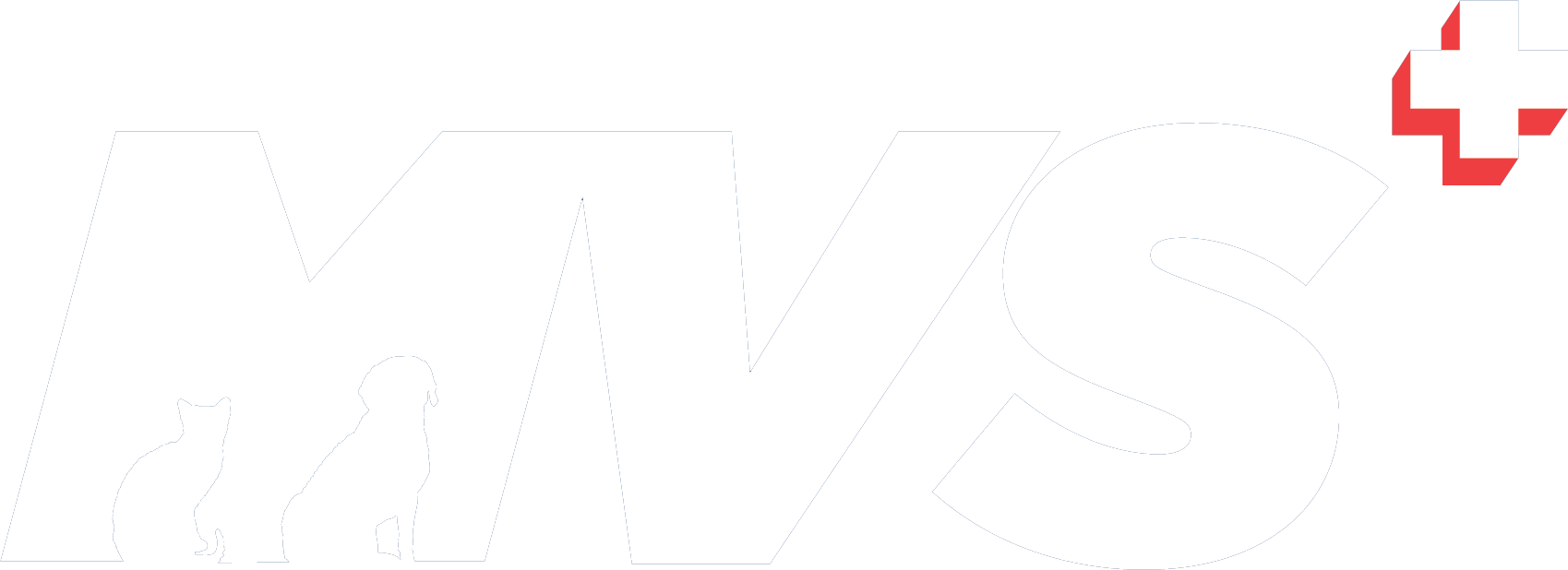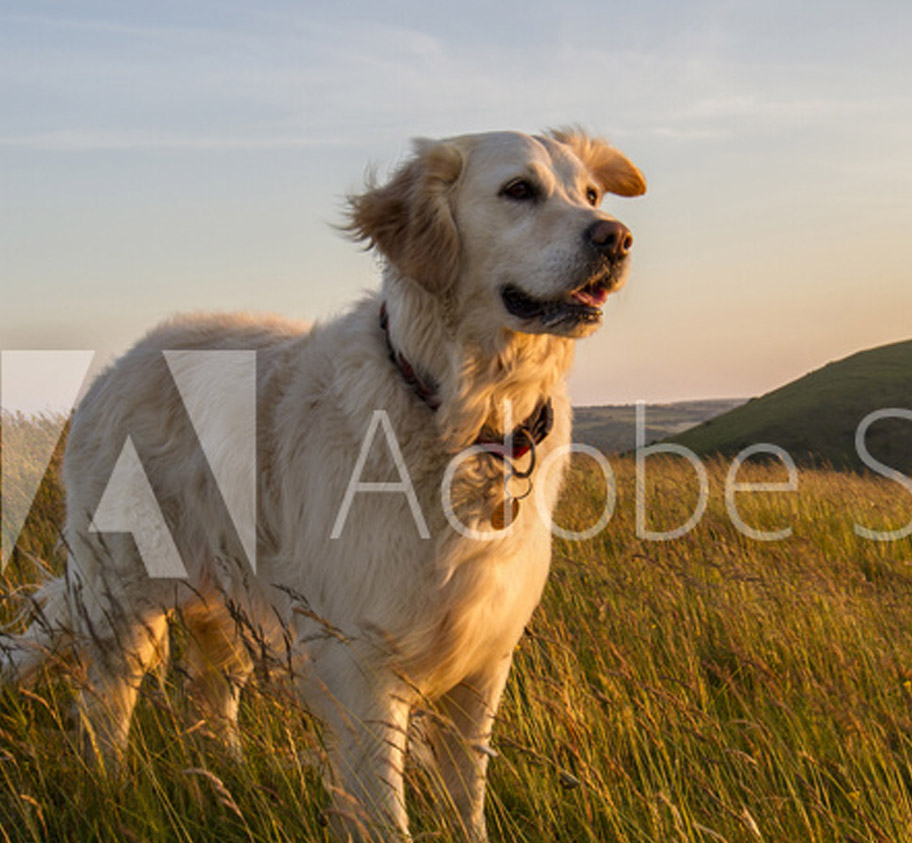
 Menu
Menu
Humeral condylar fractures (Feline)

What is Humeral condylar fractures (Feline)?
Humeral condyle (elbow) fractures in cats are less common that in dogs, but account for approximately 4.5% of all feline fractures. The most common causes are trauma via a road traffic accident or a fall from a height.
These fractures can affect one portion of the condyle, medial (inside) or lateral (outside) or both, known as a dicondylar or Y-T fracture. Humeral condylar fractures can extend up the humerus bone, leading to complex and comminuted fractures (fractures with multiple free fragments).
How are these fractures diagnosed?
Diagnosis is often straightforward, as the patient is usually completely non-weightbearing on the affected limb. They will be painful with palpable instability and swelling being appreciated during the physical examination. Radiography is vital to confirm and describe the extent of the fracture, in order to decide upon the most appropriate method of stabilisation.
How are they treated?
Surgical treatment is always recommended and involves a combination of bone screws and bone plates (one or sometimes two plates depending on fracture severity). Sometimes pins are used to help stabilise the joints. Surgery is technically challenging as the portions of bone are small and more delicate than in a larger patient. Outcomes after this surgery are often very favourable. However, healing can be slow in some patients, with others having long term lameness, predominantly after Y-T fracture treatment.
Strict rest following surgical stabilisation is essential, to obtain the best functional outcome following surgery.
Stay in touch
Follow us on social media and keep up to date with all the latest news from the MVS clinic.



